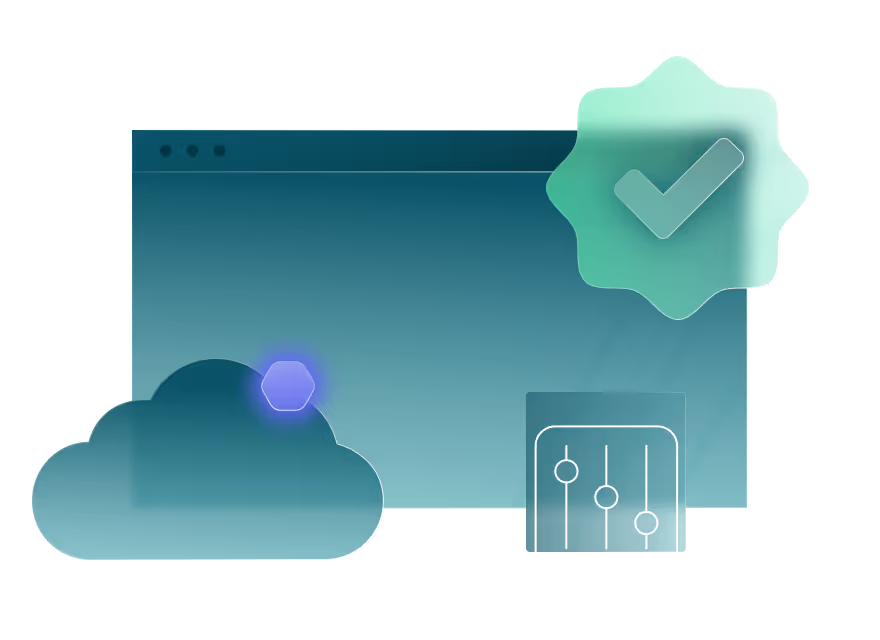
SaaS is powering your business—but it’s also expanding your attack surface.
Every misconfiguration, third-party integration, or unmanaged identity in your SaaS stack is a potential entry point for attackers. Traditional security tools like CASBs, IdPs, and firewalls don’t provide the visibility or control needed to manage SaaS-specific risks. That’s why SaaS Security Posture Management (SSPM) vendors have become essential.
This comprehensive buyer’s guide was designed to help security teams evaluate SSPM vendors with clarity and confidence. You’ll get:
Whether you’re starting from scratch or reevaluating your current toolset, this guide will help you select the SSPM solution that actually meets your needs.
SSPM vendors encompass a broader set of offerings that combine SSPM tools with services, integrations, and operational frameworks to secure your SaaS environment. These solutions not only detect and remediate risks but also provide strategic guidance, compliance reporting, and automation workflows to streamline SaaS security management. SSPM vendors often support multiple SaaS platforms, enabling unified security controls across your entire SaaS ecosystem. By adopting a complete SSPM solution, organizations can enforce consistent security policies, manage identity risks, and reduce the attack surface created by shadow SaaS and third-party integrations, ultimately strengthening their overall cloud security strategy.
SSPM tools continuously monitor your SaaS environment to uncover misconfigurations, identity risks, data exposures, and shadow SaaS integrations. They help security teams regain visibility, enforce policies, and reduce the SaaS blast radius.
These tools provide real-time visibility into misconfigurations, excessive permissions, dormant accounts, and risky integrations that could expose your organization to threats. By automating detection and offering guided remediation, security teams reduce manual effort and accelerate response times. Key features often include detailed risk assessments, compliance mapping, policy enforcement, and integration with existing security infrastructure like SIEM and SOAR platforms.
As the SaaS ecosystem grows, choosing the right SSPM vendor isn’t just important—it’s urgent.
The SSPM market is expanding rapidly—but not all SSPM vendors offer the same depth, automation, or ease of use. Some focus only on discovery without remediation. Others don’t support essential platforms like Microsoft 365, Salesforce, or Slack.
The best SSPM vendors should:
Use this guide to cut through the noise and find an SSPM vendor that can scale with your environment.
Whether you’re a CISO, security architect, or cloud security analyst, this guide helps you make a well-informed decision that supports your long-term SaaS security goals.
If you’re overwhelmed by feature lists or unsure how to separate strong SSPM vendors from the rest, this guide is your starting point.
Get your copy to discover which SSPM vendors align best with your SaaS security goals.